Your basket is currently empty!
Everything you need to know about Rose Quartz from a Gemmologist
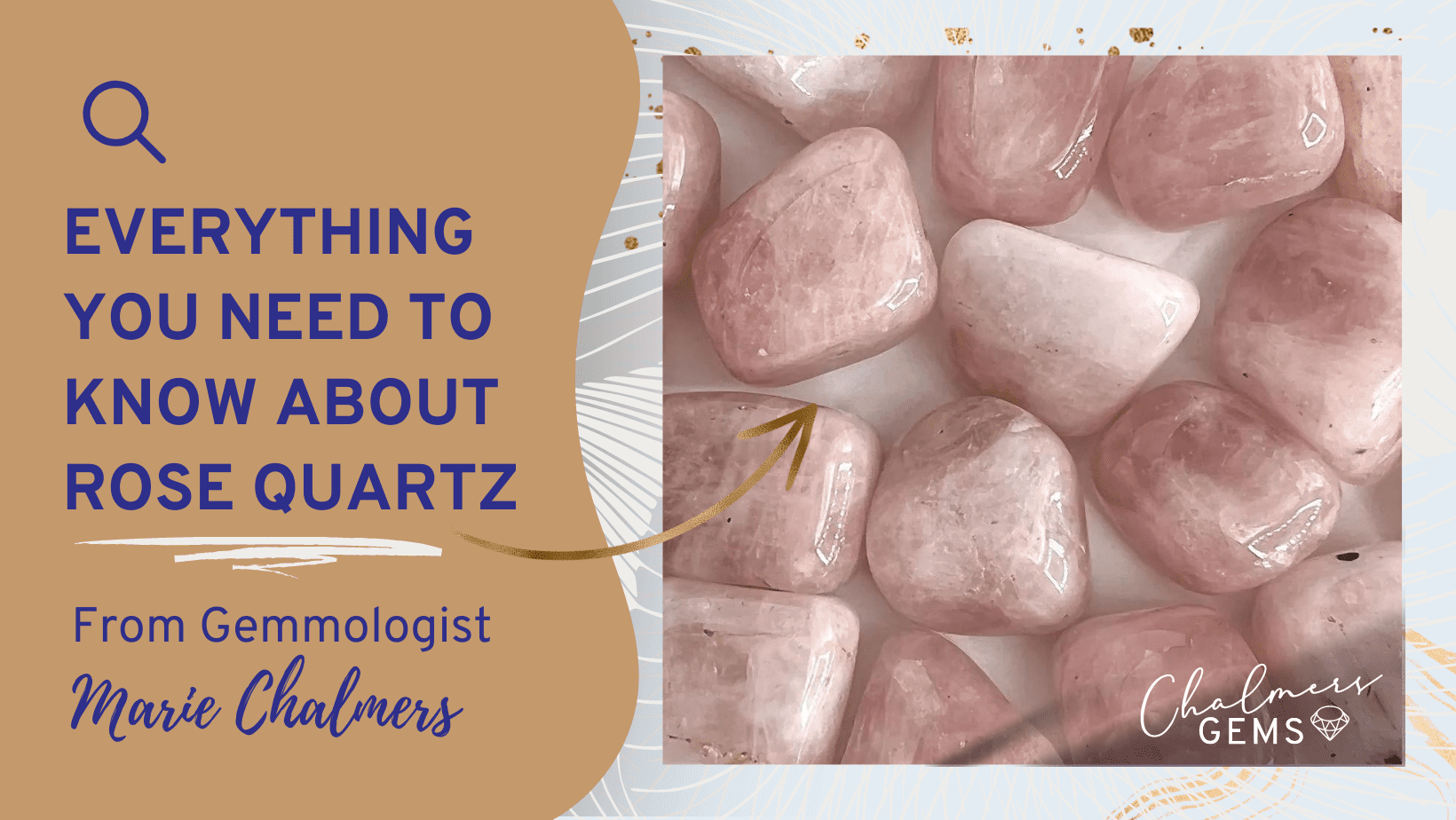
By Marie Chalmers
Rose Quartz – a fascinating Gemstone.
Rose Quartz is part of the largest Gemstone family. Lots of Gemstones fall into family groups, for example, the Beryl family has Emerald, Aquamarine and Morganite. Emerald is the green Gemstone, Aquamarine is the blue Gem and Morganite is the pink. The same thing happens with the Quartz family.
Clear Quartz is colourless or white Quartz, Amethyst is purple Quartz, Rose Quartz is pink Quartz, Citrine is yellow, and Smokey Quartz is a kind of smokey grey colour. There are other family members. It’s the largest family of Gemstones.
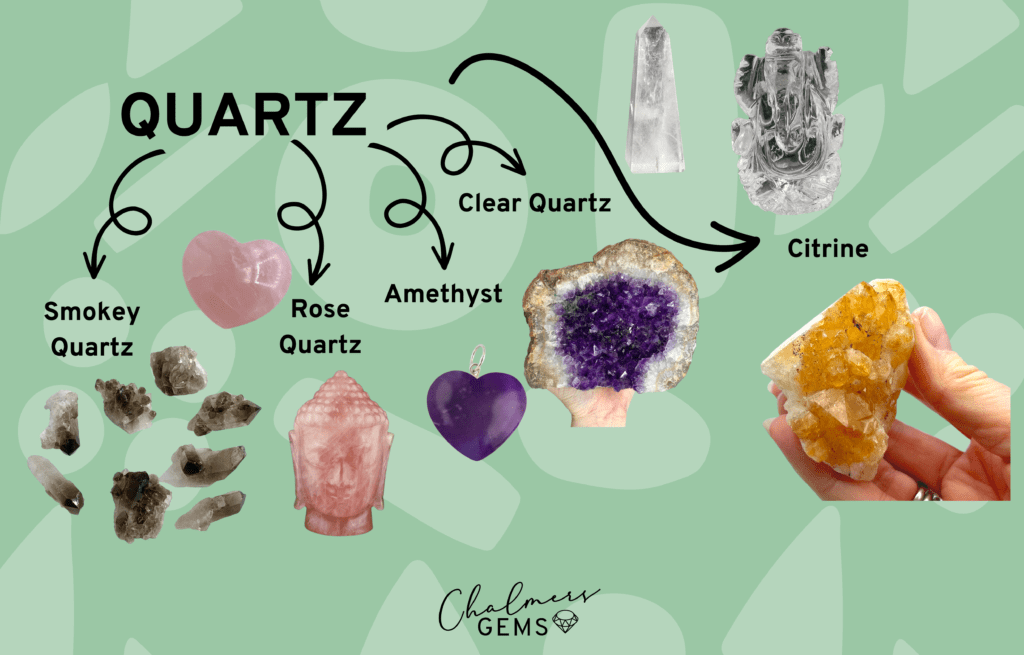
Clear Quartz is a silicate. It has no impurities, and therefore it’s just clear. It might pick up other inclusions along the way; they’re trapped within the material, but actually, its general body colour is going to be clear.
However, if there is iron present as the Gemstone is growing, then actually the Gemstone will become yellow in colour, that will be Citrine. So, just iron is present, and it has to be at the right temperature and the right pressure within the Earth. As the Quartz grows, it will become Citrine.
Now add a little bit of natural radiation, and you’re going actually to end up with Amethyst. Amethyst occurs when iron is present and irradiation happens.
These elements that are present they’re called trace elements; they will colour the Gemstone in different ways, which makes it a completely different material, and we trade name them dependent on their colour. Now Rose Quartz is a little bit different to all of its brothers and sisters.
Rose Quartz is actually coloured by tiny impurities within the Gemstone; little tiny inclusions of another Mineral are present, which gives it that overall pink body colour. Although it is part of the Quartz family, it has a very different makeup from its brothers and sisters.
The conditions within the Earth are really crucial to what type of Quartz is created.
Rose Quartz is really good for carving, so you’ll see lots of different carvings in the marketplace using Rose Quartz. It doesn’t have any directional properties, which could mean it breaks easily while they’re cutting it; because of that interlocking internal structure, it means that generally is quite strong throughout. It also has a nice uniform colour which means the carvers and cutters can get consistency on the carving. This makes it the perfect Gemstone to carve into something really unusual!
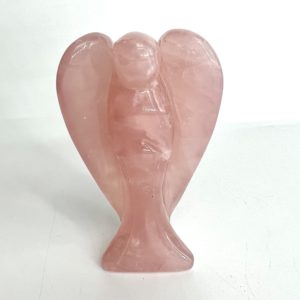


Rose Quartz looks very different to the other Quartz family members when you pick it up in its rough form.
The Rose Quartz pictured below has no particular shape, but actually, the Quartz Crystal below has a very specific shape. When you study Gemmology, you learn about the different shapes of the different Crystals and how to identify them in their natural state.
The Clear Quartz Crystal you can see there has many identifying features of Quartz, but one of the things we’ll look for is that when we look down the c-axis, which is the main axis, you’ll see it has a hexagonal shape. There are also some other identifying features, such as striations that go horizontally across the c-axis.
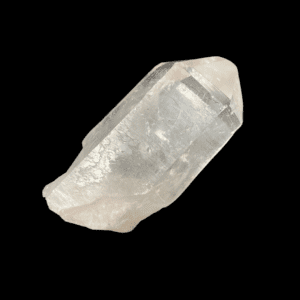
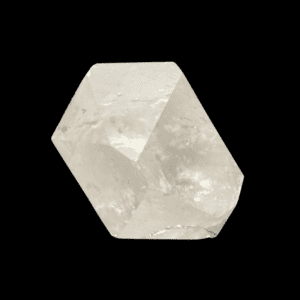
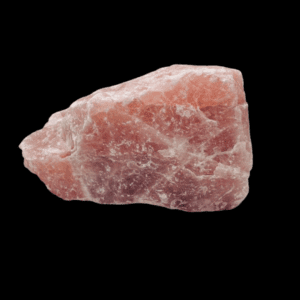
When it comes to Rose Quartz, you can see that it doesn’t have those identifying features. The shape isn’t hexagonal; it’s really just a large mass with no specific shape. In the world of Gemmology, we call that a massive form.
Massive form means that inside the Gemstone, there are millions of interlocking Crystals. Under a microscope at very high magnification, it probably looks very similar to Clear Quartz’s structure.
This structure means that Rose Quartz is a really tough material. If you can envision all those little Crystals interlocking together, you get a really strong, robust material.
If you’re a Jewellery Maker, that can be really useful to know because it means the material is quite tough and will withstand some pressure. So, if you’re looking for a Gemstone, maybe to do something quite difficult, a difficult technique where you’re going to apply a lot of pressure to the Gemstone, then this is a great one to start with.
When considering the value of your Rose Quartz, think of the depth of colour. The colour is going to be the majority of the value. Very pink pieces of Rose Quartz will come at a higher value. This Rough Rose Quartz comes from Madagascar, a nice deep saturated consistent colour.
The Gem can come from a very pale pink colour which can hardly be seen when it’s beaded or carved right through to beautiful deep colour, and you will pay more the deeper the Rose Quartz colour gets.
Watch the video here
Follow us on:

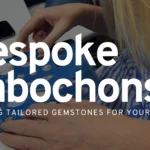
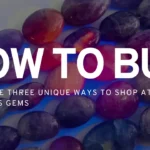


Leave a Reply